UCCE advisor addresses severe brown marmorated stink bug damage in Turlock orchard
Last May, a Turlock almond grower noticed nearly all the nuts on a row of trees in his orchard had fallen to the ground.
“It looked like we shook this row,” he said. “I was scared. I thought the whole orchard was going to go.”
He called UC Cooperative Extension.
UCCE Integrated Pest Management advisor Jhalendra Rijal, who serves Stanislaus, San Joaquin and Merced counties, determined the cause was an infestation of brown marmorated stink bug (BMSB), an invasive pest from Asia. For years, BMSB had only been found in urban areas of California – most notably a 2013 infestation in midtown Sacramento.
With few natural predators and a wide host range – including apples, pears, cherries, corn, tomatoes, grapes and a variety of landscape trees – the population eventually moved into agricultural areas, first appearing in crops in 2016 in Stanislaus County. Rijal has been doing BMSB research since then.
Rijal hosted a gathering of farmers and pest control advisers Aug. 13, 2019, in the Turlock almond orchard to give them a first-hand view of the pest and the problems it causes.
BMSB are hard to find in orchards. They lay greenish colored eggs on the underside of leaves, typically in a cluster of 28 eggs. The majority of damage is caused by adults, which sting the hull with a needle-like mouth part to get to the nut. The sting can even penetrate the almond's hard shell when the fruit is mature.
Globs of clear sticky sap appear on the damaged almond hulls, typically indicating nut loss inside. Early season (March-April) infestation leads to the most severe yield loss when the nuts drop to the ground. The best way to confirm the damage is caused by BMSB is to use a trap.
“I recommend growers and pest control advisors put BMSB traps in orchard edges if they suspect BMSB damage or if the orchard is located near potential overwintering structures or host crops,” Rijal said. “BMSB are good flyers and active throughout the season, damaging nuts from April through the fall. But the most substantial damage happens in the spring through early summer."
If the orchard is close to BMSB-favored host plants, more damage is seen. A particularly troublesome neighbor plant is tree-of-heaven.
“Tree-of-heaven is a magnet for BMSB,” Rijal said, pointing to an abandoned farmhouse site on an adjacent property. “Tree-of-heaven has a nice fruiting structure that can support a lot of BMSB.”
Also an Asia native, tree-of-heaven was brought to California by Chinese immigrants during the Gold Rush. The roots, leaves and bark are used in traditional Chinese medicine. But its rapid growth and ability to clone itself to develop thick groves make it a noxious weed.
BMSB isn't a serious pest in its homeland because it is controlled by a natural enemy. Charles Pickett, the California Department of Food and Agriculture biological control scientist, shared a mounted sample of a Samurai wasp from Asia, Trissolcas japonicus, which lays its eggs in BMSB eggs.
“The parasite attacks most of the eggs in the field in eastern Asia,” Pickett said. “It's our goal to release the wasp in California. We first need a special permit to make sure it won't harm our environment and doesn't attack any beneficial stink bugs.”
The Samurai wasp has already found its own way to some BMSB infestation sites in the Eastern U.S. and in Los Angeles.
“We hope to someday release the parasitic wasp,” Pickett said. “It won't eradicate BMSB, but it will help.”


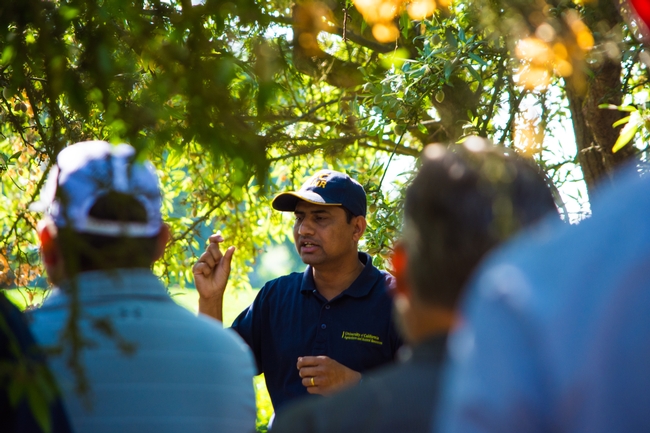
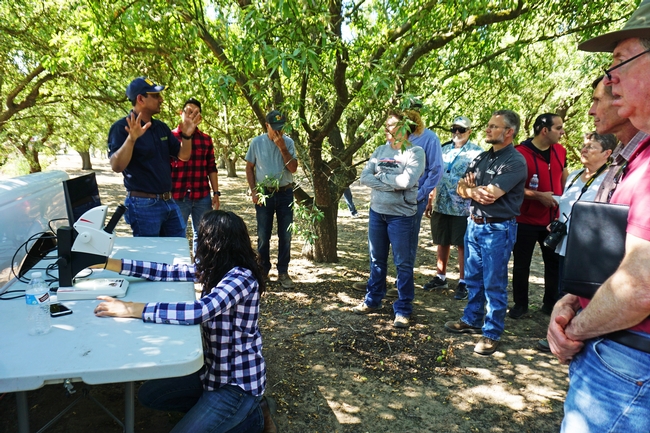
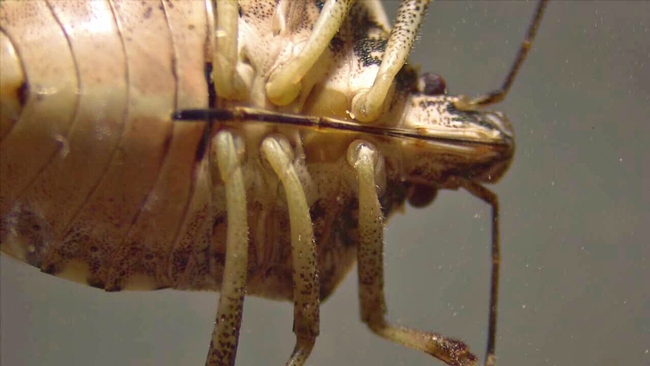
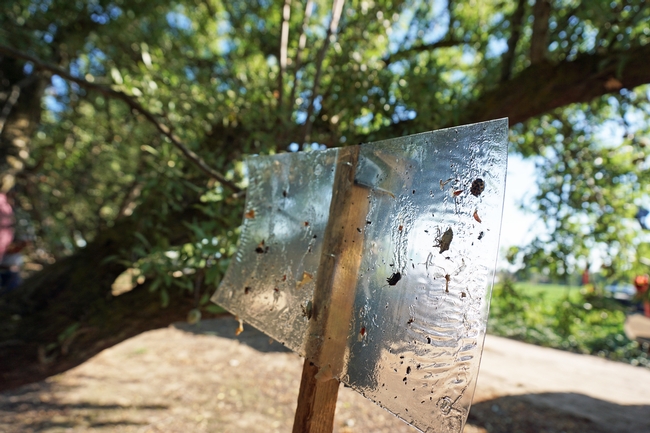
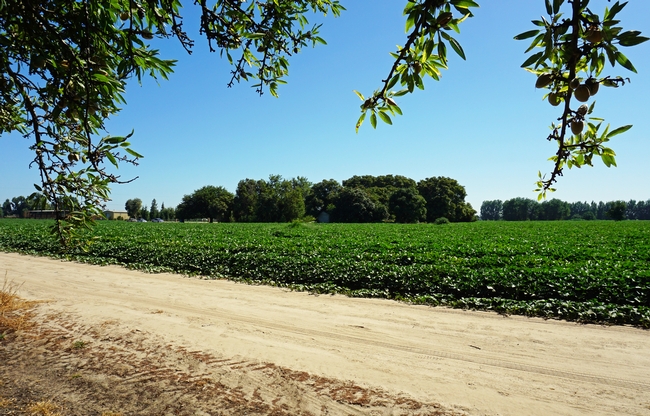
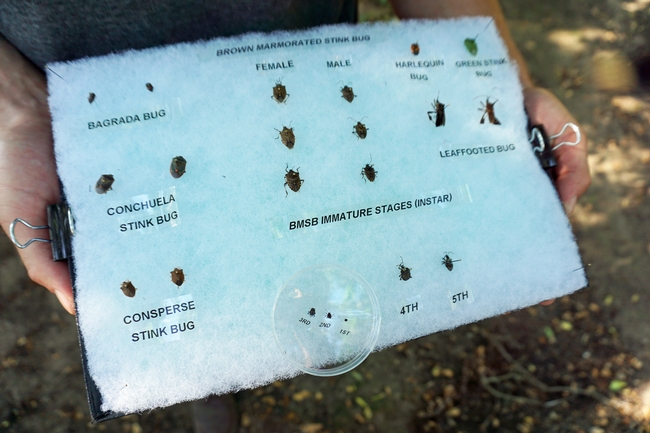
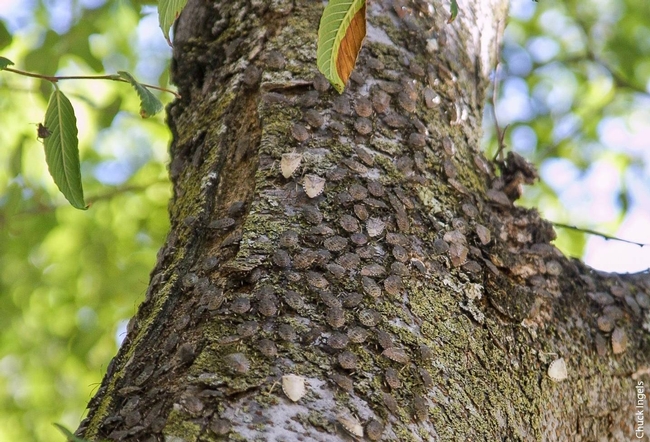
Deac Jones
Posted by Deac Jones on September 10, 2019 at 4:44 PM